Everyone in the new domain name industry keeps their eyes on the horizon even while new TLD adoption is steadily rising. There are 18 million names and the market is healthy and bullish, but within that 18 million we’ve all been waiting for those really big use cases from major brands and high-profile leaders.
While we keep pining for household names to market and use new domains, big brands are understandably very hard to move and generally unlikely to be early adopters. They are too large to make rapid organizational shifts and may have spent decades of time and millions of dollars driving traffic to their succinct and powerful .com domains. We have seen the same sluggish adoption in brand TLDs, many of which were secured with a trademark protection mindset and seem to be stuck moving from the legal to the marketing departments. Still, the innovative power of new TLDs remains, and there are in fact some powerful counter cases, such as BMW’s next100.bmw campaign.
The obvious exception is abc.xyz, which made a splash last year when Google announced Alphabet. It was a huge boon for .xyz and the gTLD market as a whole. But look at it now – the site hasn’t changed since the day it was launched. What the new domain market really needs is a major company putting out consistent content and branding on a new domain.
Finally, there’s cause for celebration! After all of our hard work, we have an amazing new exemplar of new domain usage. Last week, our team discovered Airbnb.design. Hit pause, take a look. Before we get excited, let’s run through the checklist:
- It resolves
- It’s not someone infringing on a trademark
- It’s not a URL forward
- It’s active
- It’s the real deal
There it is, a household name using a new domain to define their company in a new and exciting way. A month’s worth of articles run down the page in a single, center-aligned column. Each article sports a photo and title, with topical hashtags in between. The Airbnb logo sits in the top left corner with “design” sitting right next to it. It’s simple; it’s elegant; it’s well designed.
Airbnb.design is part blog part manifesto from Airbnb’s creative team. Article topics range from “Building a Visual Language” to “Preserving Rituals through Space.” Contributors include the VP of Design, the Principal Experience Designer, the Environments Design Lead, and the Director of Experience Design at Airbnb, and they’re posting multiple times a week.
One recent article was appropriately titled, “Storytelling 101.” Indeed, this entire new site feels like a lesson in storytelling for other companies, humanizing their work and making their motivations more transparent. Their design department has triumphantly declared itself its own entity and one that guides the main vacation rental and travel business. In fact, they timed the release of Aiirbnb.design to the relase of their newest app, which has been lauded by the New York Times and Wired magazine for making significant UX improvements and expanding the scope of the service.
It is unlikely that the Airbnb.design was released to merely gain marketshare with designers and creatives so that they are top of mind when these individuals book their next travel accomodation. While that is a definite benefit, the site is an example of thought leadership. By declaring that they are a design-first company, and defining the culture of Airbnb and their view of design, they are seeking to become a recruiting destination for top design talent. The content spans UX, UI, graphic, and the many fields of design, as well as branches off into other creative pursuits. This is tech and design thought leadership at its best and we couldn’t be happier to support Airbnb on their new domain, Airbnb.design.
It is fitting that a new, market defining start-up like Airbnb would be the entity to repurpose new domain names in an equally innovative way. They continue to build their brand and tell their story, and surely their peers will take note as they expand what it means to be a creative, successful company born and thriving in the 21st century and the era of new TLDs.

